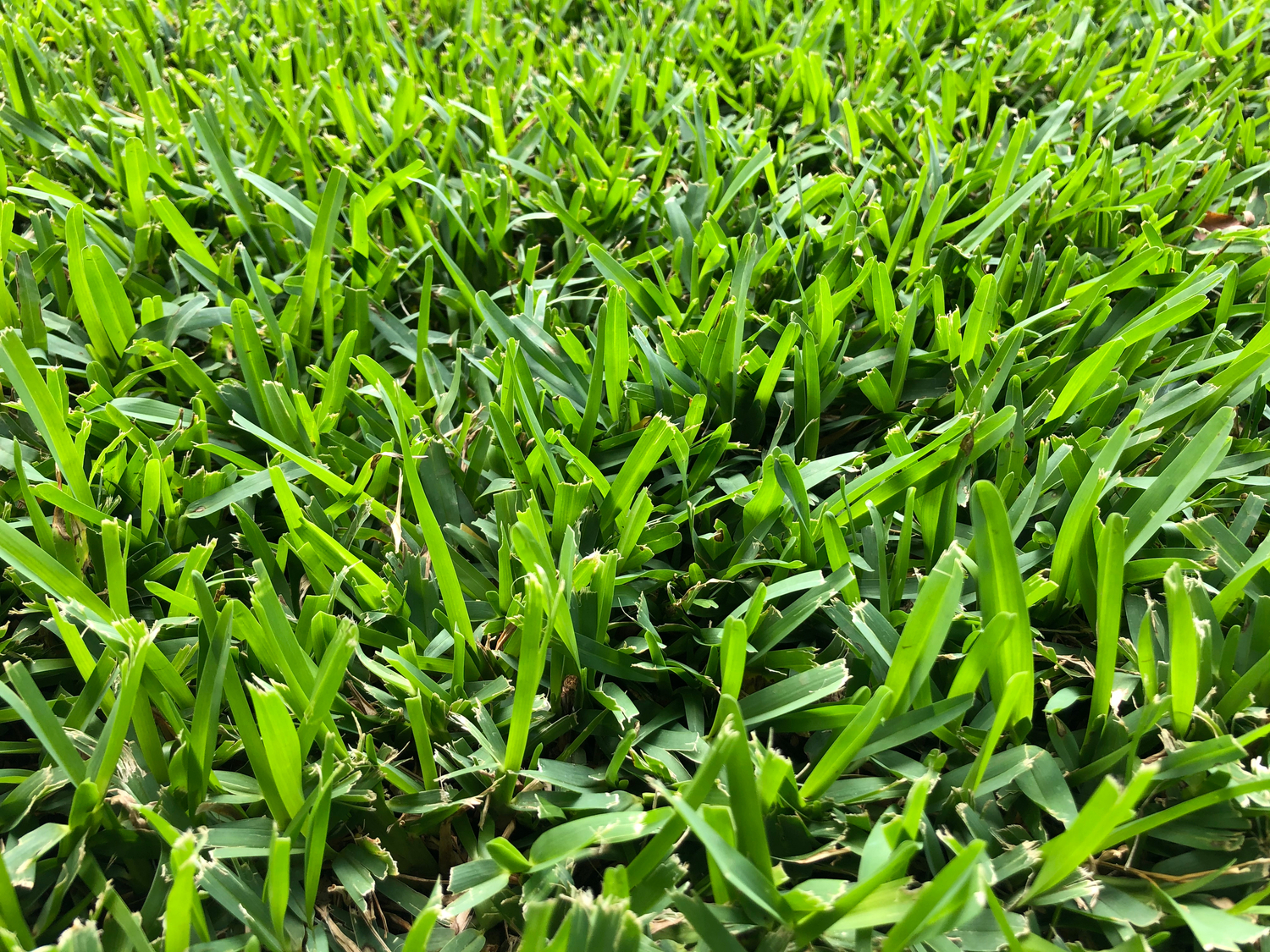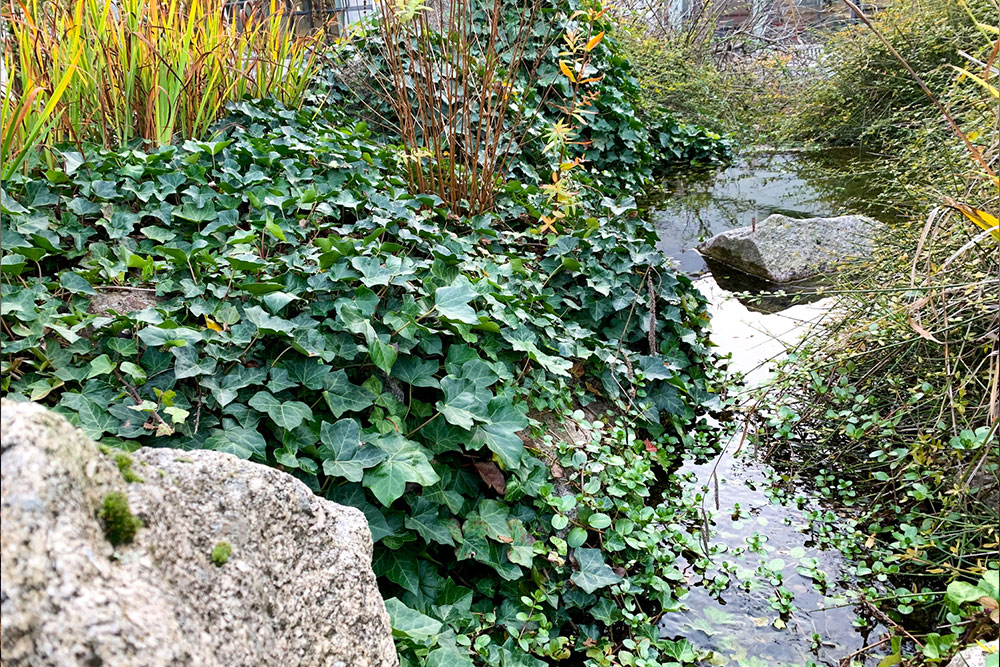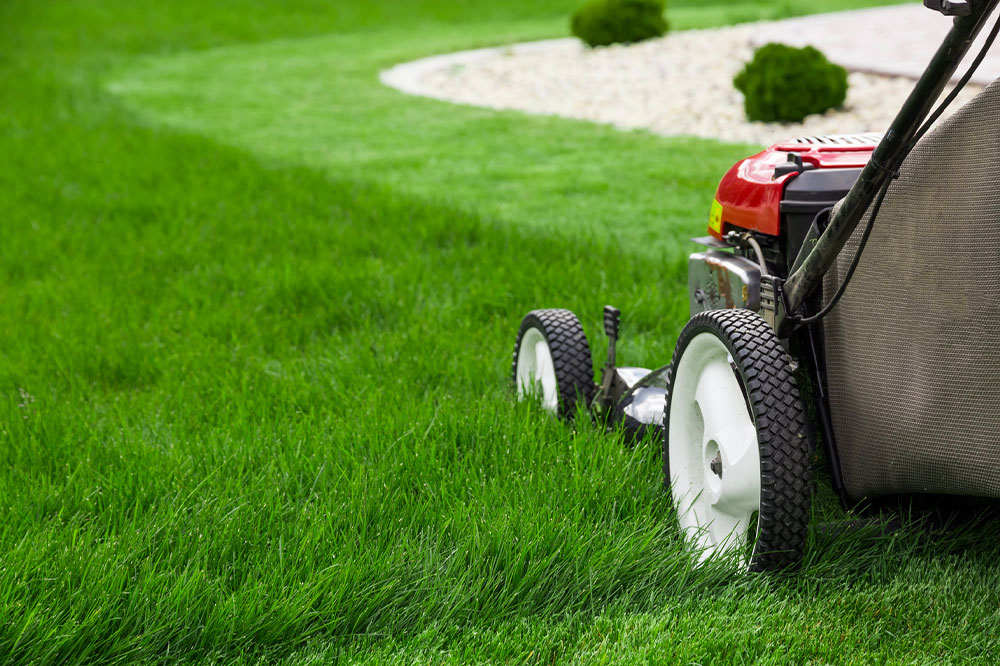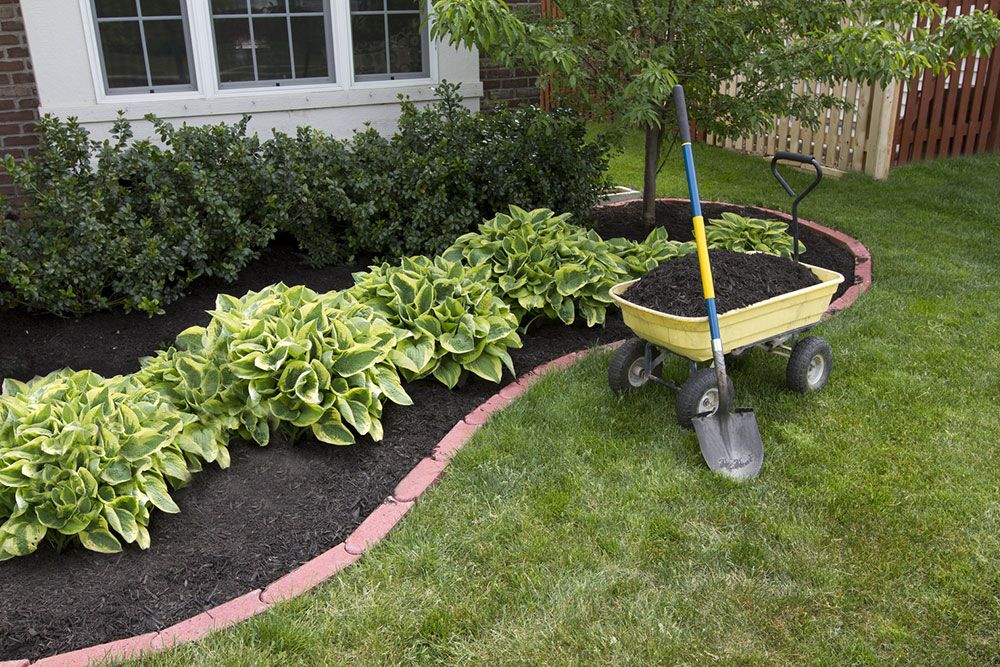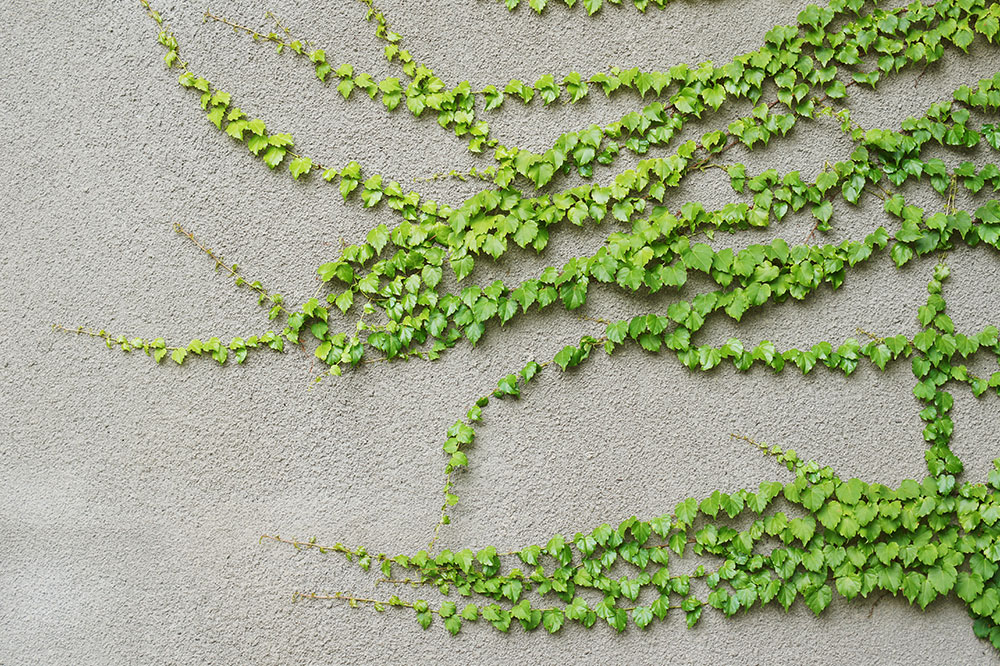Effective Strategies for Long-Term Knotweed Control
Discover four proven methods to permanently eliminate knotweed, including covering, cutting, excavation, and chemical treatments. Learn how to identify this invasive weed and prevent its regrowth with patience and consistent effort. Proper identification and professional assistance can ensure effective removal, protecting your landscape and property.

Effective Strategies for Long-Term Knotweed Control
Knotweed is a highly invasive weed that can be tough to eradicate completely. Its presence can damage landscapes, gardens, lawns, and even compromise building foundations. With roots extending up to 10 feet deep, this resilient plant requires patience and consistent effort for removal. Understanding the best methods is crucial for effective control and permanent eradication.
1. Covering and Smothering
This approach involves depriving the plant of sunlight by covering it with mulch, grass, or plant debris, then shielding it with a thick, dark tarp. Regularly walking over the tarp to push down new shoots and patching holes prevents growth. While slow, this process can lead to complete elimination over 3-5 years, especially when combined with patience and persistence.
2. Regular Cutting
Cutting the weed close to ground level during its active growth phase suppresses its development. Consistent weekly pruning prevents new shoots from establishing, but caution is needed since cutting can stimulate growth. Proper disposal of plant fragments is essential to avoid spreading. This method works best when combined with other removal techniques and requires ongoing diligence.
3. Soil Excavation
Manual or mechanical removal involves digging out the plant and its extensive root system. Suitable for small areas, it offers a faster solution, but is costly and may disturb surrounding turf. Complete removal of all rhizomes is vital, as any remnants can regrow. Caution is advised to prevent accidental spread when transporting invasive material.
4. Chemical Treatments
In severe cases, herbicides containing glyphosate can be applied directly to the plant’s foliage to eliminate stubborn knotweed. Precision is key to avoid harming other plants. Professional application is recommended to ensure safe and effective use of chemicals, minimizing environmental impact and health risks.
Identifying Japanese Knotweed
Japanese knotweed features bamboo-like hollow stems with zig-zag patterns, heart-shaped or shovel-shaped leaves, and clusters of creamy white flowers. Growing rapidly, some stems can reach two centimeters daily, often displaying purple or red speckles. Misidentification can occur with similar plants such as Himalayan Balsam or Bindweed, so proper identification is essential before treatment.
Houttuynia
Ornamental Bistorts
Lesser Knotweed
Himalayan Balsam
Broadleaved Dock


